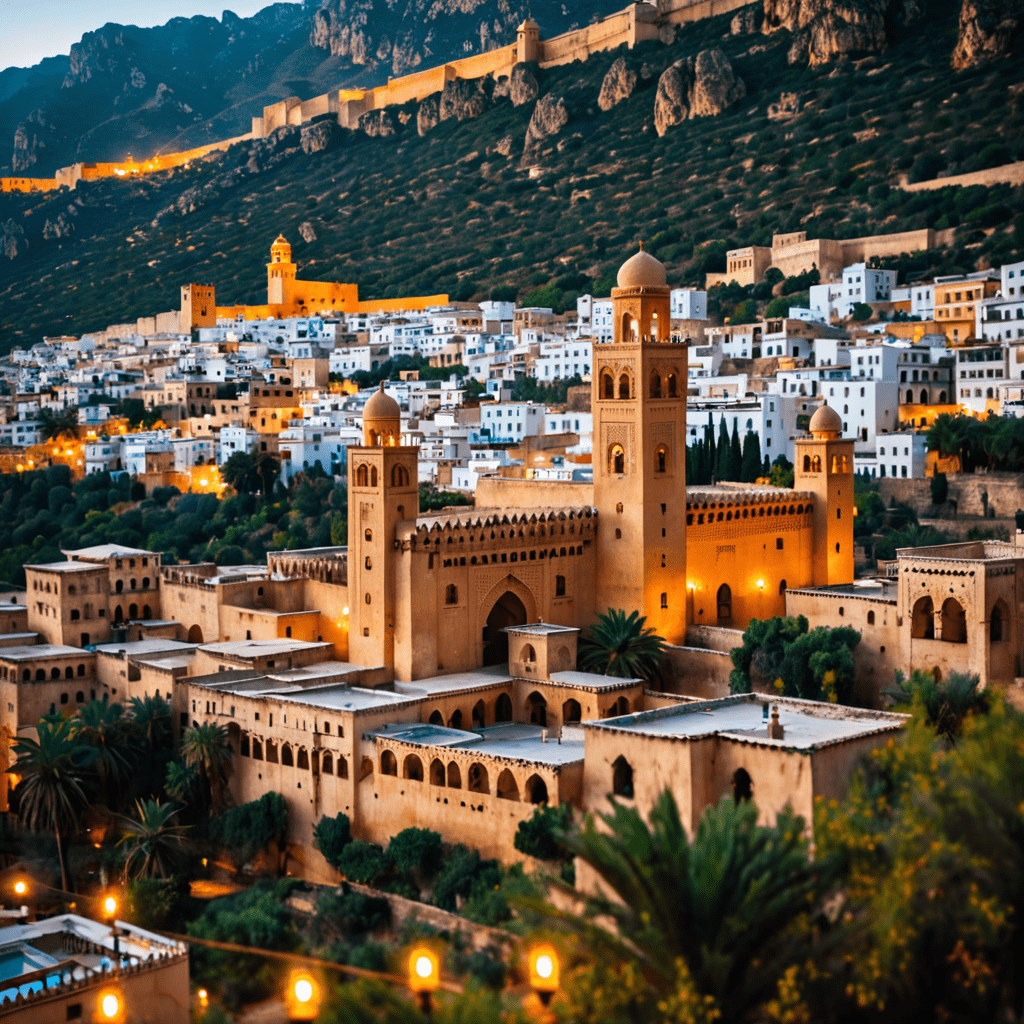
The Magnificent Architecture of the Bejaia Kasbah
Located on the Mediterranean coast of Algeria, the Bejaia Kasbah stands as a testament to the rich history and intricate architectural marvels of North Africa. Let’s delve into the captivating features that make this ancient citadel a must-visit for history and architecture enthusiasts.
Ancient Origins
The Bejaia Kasbah dates back to the Berber dynasty of the Hammadid period, with its construction starting in the 11th century. It served as a fortress and a residential area for the local rulers, showcasing a blend of Berber, Arab, and Andalusian architectural influences.
Strategic Design
The kasbah’s strategic location on a hill overlooking the city and the sea provided it with a natural defensive advantage. Its layout includes maze-like narrow streets, fortified walls, and intricately designed gates that showcase the architectural prowess of the time.
Islamic Influence
The architectural elements of the Bejaia Kasbah reflect strong Islamic influences, seen in the ornate geometric patterns, arabesques, and calligraphic inscriptions adorning the walls and doorways. These intricate details speak to the cultural significance and craftsmanship prevalent during the era.
Defensive Features
As a fortress, the Bejaia Kasbah was equipped with several defensive features, including bastions, watchtowers, and loopholes for archers to defend against potential attacks. Its design highlights the importance of fortifications in protecting the city and its inhabitants.
Restoration Efforts
Over the years, the Bejaia Kasbah has undergone various restoration efforts to preserve its historical significance and architectural beauty. These initiatives aim to maintain the authenticity of the kasbah while ensuring its longevity for future generations to appreciate.
Visitor Experience
Today, visitors can explore the Bejaia Kasbah and marvel at its architectural splendor, wander through the narrow alleys, and discover hidden courtyards and panoramic views of the city and the sea. The kasbah offers a glimpse into Algeria’s rich past and architectural heritage.
Conclusion
The Bejaia Kasbah stands as a remarkable example of ancient North African architecture, blending history, culture, and artistry in a captivating way. Its timeless allure and historical significance make it a must-see destination for those seeking to immerse themselves in the beauty of the past.
FAQ About The Magnificent Architecture of the Bejaia Kasbah
What is the Bejaia Kasbah known for?
The Bejaia Kasbah is renowned for its stunning architecture, blending Berber, Arab, Ottoman, and Andalusian influences to create a unique and picturesque fortress.
What are the key architectural features of the Bejaia Kasbah?
The Bejaia Kasbah boasts intricate designs, including decorative archways, ornate tile work, sturdy walls, and strategic positioning overlooking the Mediterranean Sea.
When was the Bejaia Kasbah constructed?
The construction of the Bejaia Kasbah dates back to the 11th century, making it a historic gem that has stood the test of time and witnessed various civilizations passing through its walls.
How has the Bejaia Kasbah influenced local culture?
The Bejaia Kasbah has become a symbol of Bejaia’s rich history and cultural heritage, attracting visitors who appreciate its architectural beauty and historical significance.


